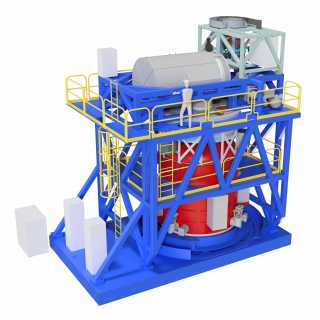The ESO E-ELT (European Extremely Large Telescope) project consists primarily in building a segmented and adaptive telescope with a 40-metre-class primary mirror. It will significantly improve our knowledge in most branches of Astrophysics and, therefore, it is widely supported by the scientific community. It also represents a major technological and engineering challenge, generating an enormous interest in the hi-tech industry. HARMONI is an instrument concept already selected for first-light and, therefore, it will be available as soon as the E-ELT is operating. The Instituto de Astrofísica de Canarias (IAC) has actively participated during its conceptual design phases (i.e. Phase-A, delta-A, and Interim Study) as part of an international consortium led by the University of Oxford (PI), and also formed by UKATC-Edinburgh, CRAL-Lyon, the CAB/CSIC-Madrid and LAM-Marseille. The IAC participation is of about 20% in the HARMONI development. HARMONI represents a unique scientific opportunity for the Spanish astronomical community, allowing the access to the E-ELT as soon as it is operative via the guaranteed time, with the advantages this has in terms of scientific opportunity. This project (partially funded by ESO) permits to the Spanish technological centers and national industry to gain experience in high-tech developments so to be at the forefront of advanced instrumentation, and also at the forefront of the European and worldwide astronomy. This grant is aimed at funding the IAC activities associated to the Spanish participation in the development of HARMONI and the associated Laser tomography adaptive optics system (H-LTAO). The contract between ESO and the consortium developing HARMONI will be signed next September 22sd, and the project will officially start.



